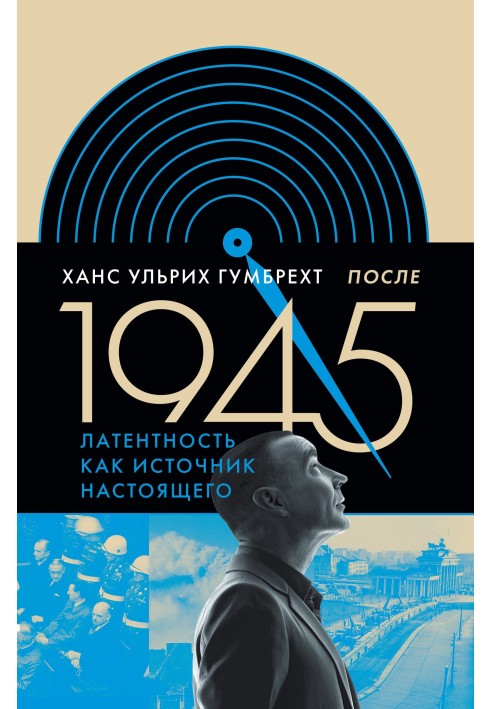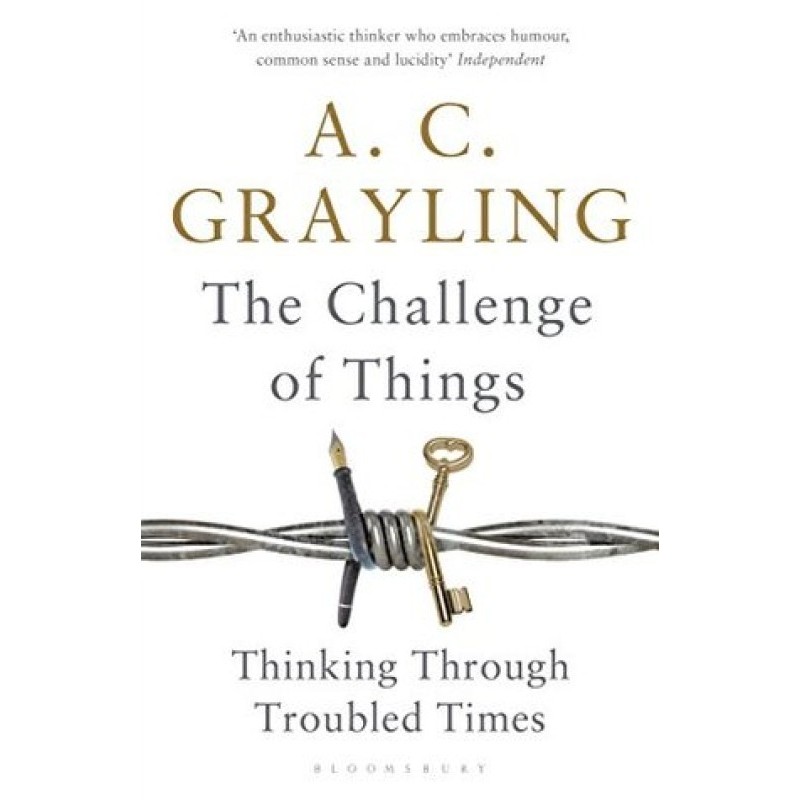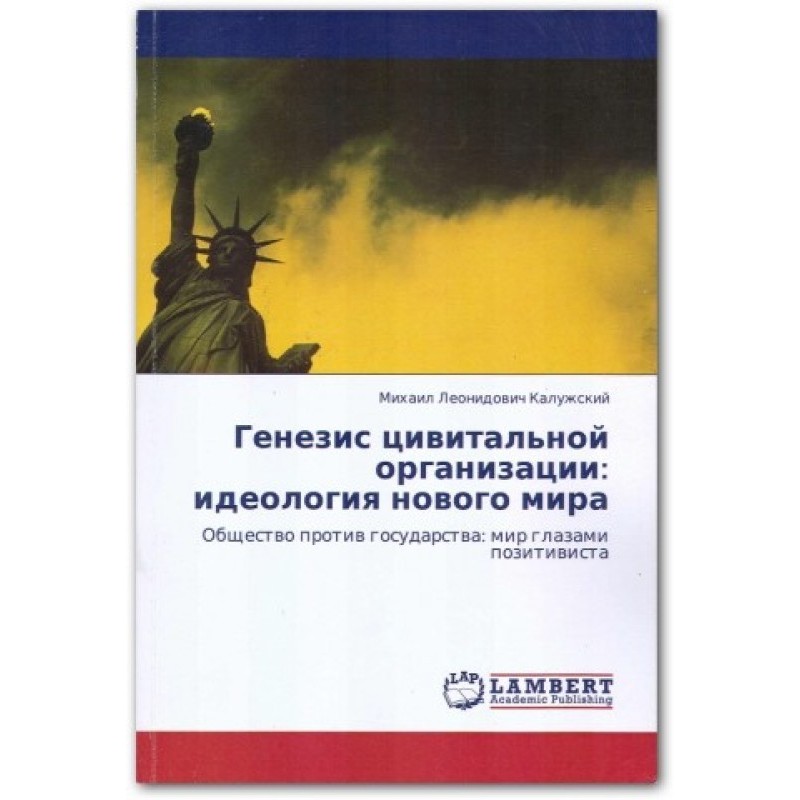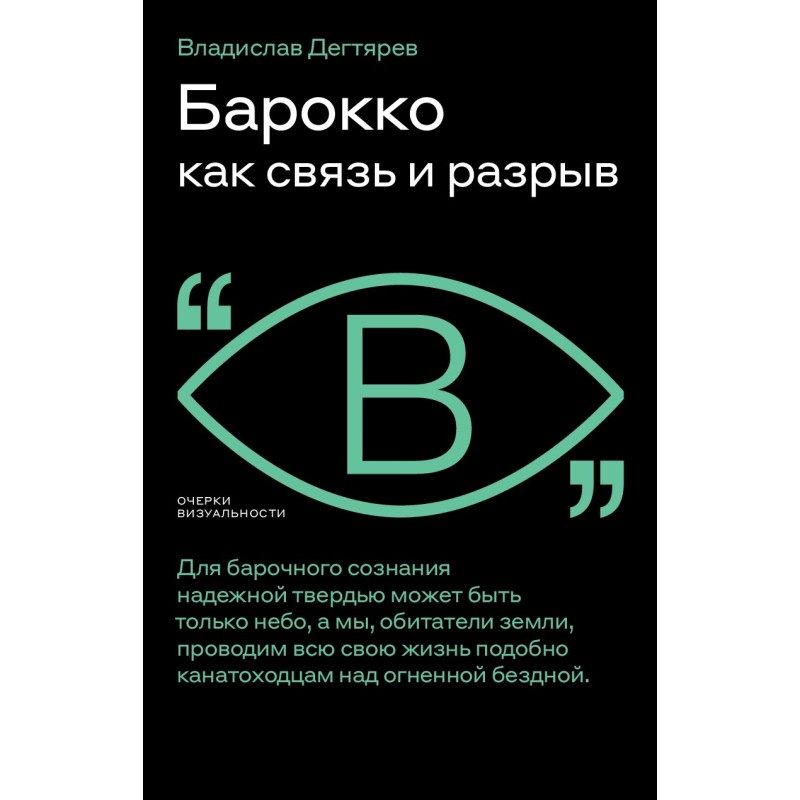After 1945. Latency as a source of the present
 Instant download
Instant download
after payment (24/7)
 Wide range of formats
Wide range of formats
(for all gadgets)
 Full book
Full book
(including for Apple and Android)
The key question of this book: what does the 20th century look like if we count it from 1945 - the moment of the beginning of globalization, the division of the world into the Eastern and Western blocs, the Nuremberg trials and the atomic explosion in Hiroshima? The author's view covers all continents and traces the general humanitarian processes that took place in countries involved and not involved in the Second World War. Gumbrecht believes that modern man’s perception of time has changed; he can no longer exist in the paradigm of progress, moving forward and leaving the past into the past. According to the researcher, our time is a time of “latency”, an underlying, hidden coexistence of many pasts and at the same time an image of the future that has mutated beyond recognition. Through the analysis of the most important texts (Sartre, Heidegger, Camus, Beckett, Celan, etc.) and especially significant events after 1945 (Kennedy's assassination, the fall of the Berlin Wall, the destruction of the Twin Towers, etc.), Gumbrecht shows the origin and development of this all-encompassing a condition that dominates to this day. The events of literature and history are combined with personal testimony, making the problematic of time visible on the scale of an individual's life - from the moment when he was a "grandson" to the moment when he himself becomes a "grandfather." H.W. Gumbrecht is a German-American philosopher, literary critic and cultural historian.
Data sheet
- Name of the Author
- Ханс Гумбрехт Ульрих
- Language
- Ukrainian
- Release date
- 2018














